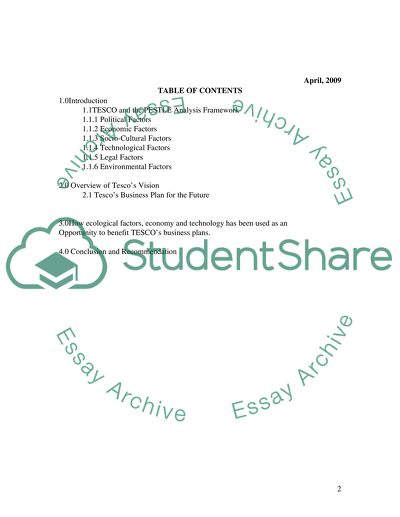Cite this document
(“TESCO's Business Plan Case Study Example | Topics and Well Written Essays - 2750 words”, n.d.)
TESCO's Business Plan Case Study Example | Topics and Well Written Essays - 2750 words. Retrieved from https://studentshare.org/miscellaneous/1520923-tescos-business-plan
TESCO's Business Plan Case Study Example | Topics and Well Written Essays - 2750 words. Retrieved from https://studentshare.org/miscellaneous/1520923-tescos-business-plan
(TESCO'S Business Plan Case Study Example | Topics and Well Written Essays - 2750 Words)
TESCO'S Business Plan Case Study Example | Topics and Well Written Essays - 2750 Words. https://studentshare.org/miscellaneous/1520923-tescos-business-plan.
TESCO'S Business Plan Case Study Example | Topics and Well Written Essays - 2750 Words. https://studentshare.org/miscellaneous/1520923-tescos-business-plan.
“TESCO'S Business Plan Case Study Example | Topics and Well Written Essays - 2750 Words”, n.d. https://studentshare.org/miscellaneous/1520923-tescos-business-plan.


